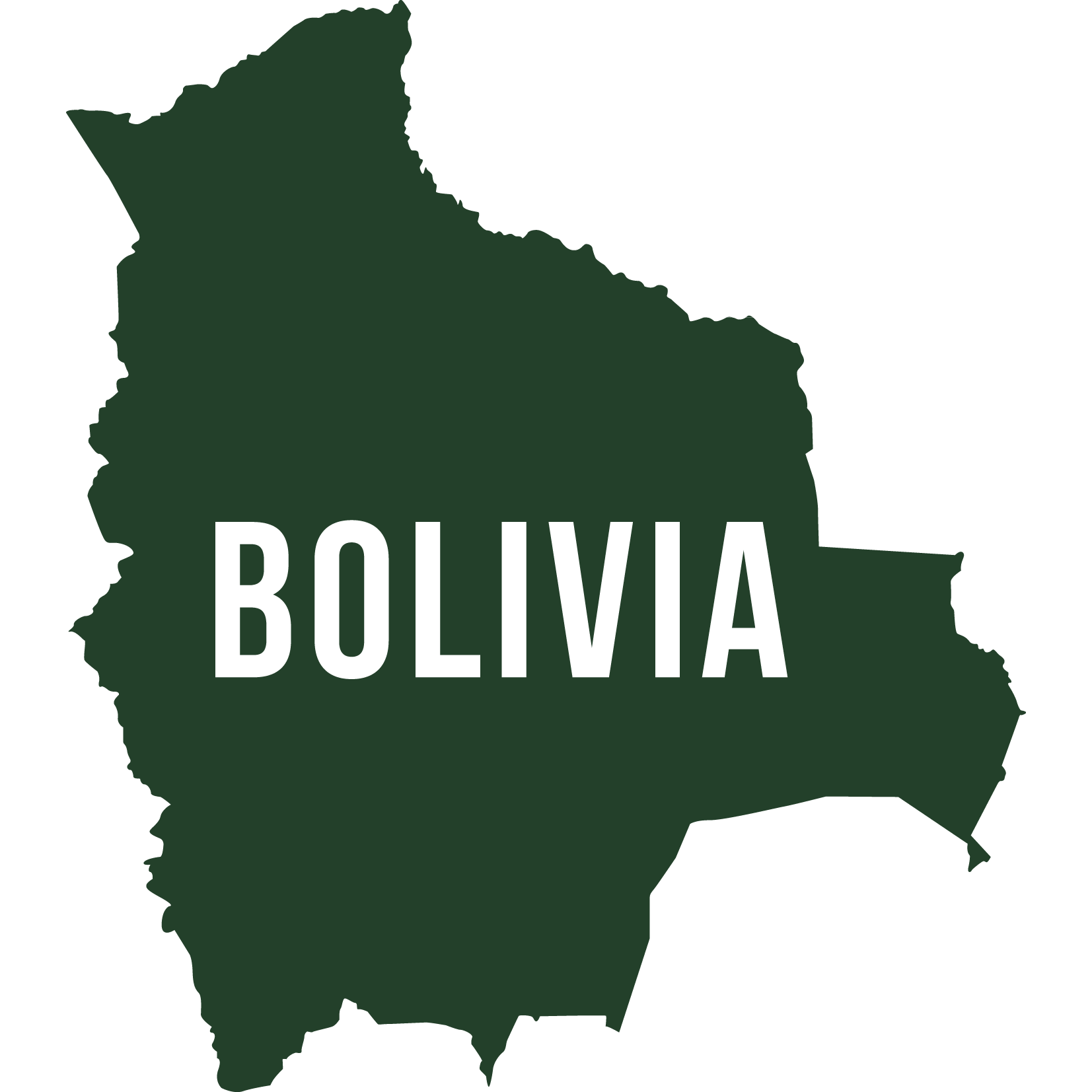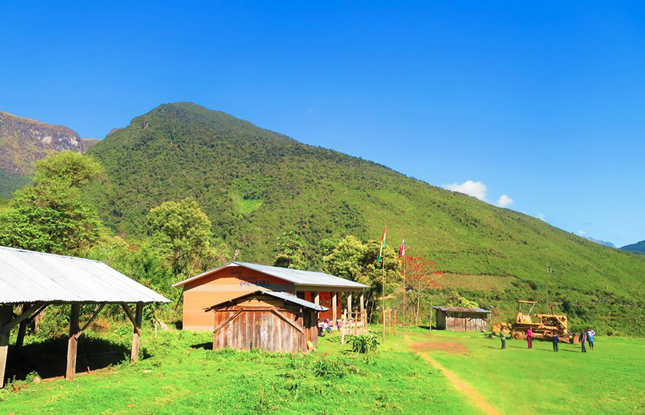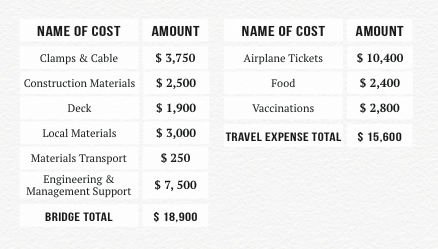THE PROJECT
Project List
Please follow the link of your interest for details on our specific footbridges, listed in chronological order.
UW B2P's Host Country: Bolivia
The University of Waterloo's Bridges to Prosperity chapter has chosen to work in Bolivia for all future projects! There are many communities deserving of footbridges, and as the place of our first footbridge (and hopefully many more), the people of Bolivia hold a special place in our hearts; they are hospitable, warm and hard-working.Bolivia, officially known as the Plurinational State of Bolivia, is a republic in South America, bordered by Brazil to the northeast, Peru to the west and both Argentina and Paraguay to the south. Bolivia is divided into nine departments, from the peaks of the famous Andes to the Amazon Basin in the south. It is also a developing country with a level of poverty of about 53%. The main language spoken is Spanish, although there are 37 other official languages; one of which is Quechua. The need for footbridges in Bolivia comes from the many differences in elevation throughout small areas, making most of the land very rugged. In the rainy season, many of the lowlands flood, making it difficult and dangerous for locals to cross. Building a footbridge would allow locals easier and safer access to schools, food, water and healthcare.
Here’s how the UW B2P chapter builds a footbridge in only 4 steps
Step 1: Choose a community

Before a bridge can be built, we must choose a place to build it. This might sound easy but there are many factors that need to be considered. One of the factors is safety. Is there a high chance of a natural disaster or harsh weather conditions during the time we will be there? Are there any pandemics we need to be aware of? These are some of the questions we ask ourselves when choosing the location of the bridge to make sure the members we send overseas return safely. Other factors that we also consider include level of impact to the community, the benefit gained, community conditions and the availability of B2P workers from the international organization. Choosing a location usually takes a couple weeks, allowing for the completion of necessary background research and to hold a meeting with the entire chapter to finalize the decision.
Step 2: Fundraising

Once the chapter has chosen a location, we must then raise money through hosting events and gaining corporate sponsorships. Our chapter must raise all the funds necessary to build the footbridge, including material costs, travel costs and miscellaneous items.
Step 3: Design

At this point, we will have raised a substantial amount of money and chosen the location for the bridge. In order to complete a feasible and practical design, a topographic survey of the site must be done. This is a job to be done by a select few in a travel team who, during the visit, will also be able to interact and bond with the community, prior to the construction phase. Once we have obtained all the information, constraints and requirements for the footbridge, we will begin the design. Our designs are based off of a rough template of a footbridge provided by the international organization. Using that template, our chapter design team will tweak the bridge until we are satisfied with the results. The design team will meet multiple times per week aside from the weekly chapter meetings so that more effort can be devoted to the design of the bridge. Once the chapter, as a whole, has agreed on the design, our faculty advisor Dr. Chris Bachmann will look it over, make any suggestions he might have, and give his approval. After Dr. Bachmann's approval, we will obtain the approval from our technical advisor. A final design check will be completed by B2P’s professional engineers. These three tiers of redesigning and approval help ensure the bridge meets, and exceeds, all requirements. This step, from the amalgamation of information to the final approval of the bridge.
Step 4: Construction

With the completion of the design, the last thing left to do is to build the bridge! Five to eight members will be carefully chosen to travel alongside our technical mentor to the location we have chosen to build the bridge in Bolivia. Once we arrive, we will meet up with from the international organization and the local workers from the community, all of whom we will be collaborating with, to construct the bridge. The construction will take approximately three weeks. Once completed, the local community will have access to the bridge at all times. The UW B2P members and our technical mentor will be flown back to Waterloo where they will be able to share their experiences, challenges and accomplishments with the rest of the chapter.
And there you have it, how to build a footbridge in four steps with a UW B2P twist!




